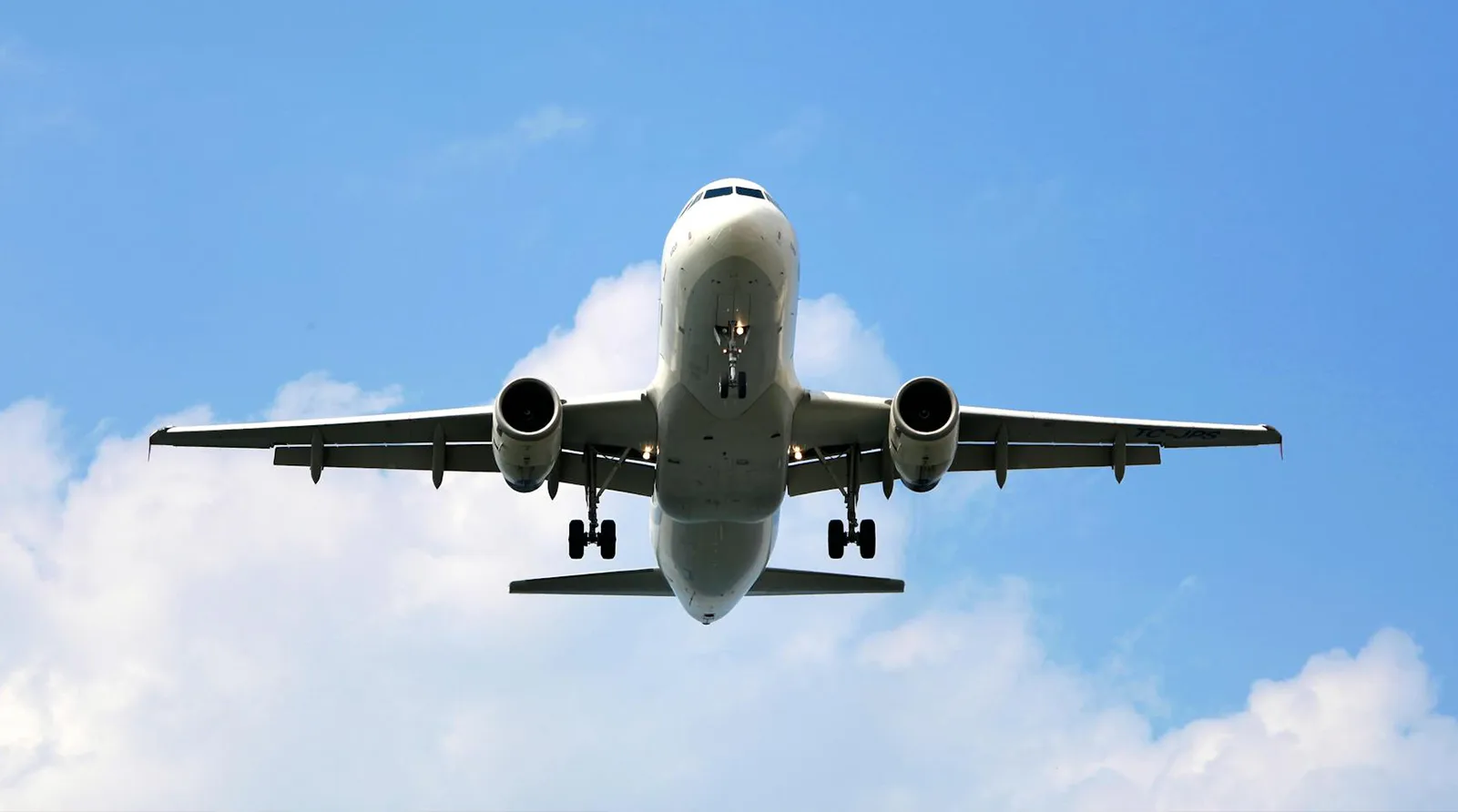Global air passenger demand reached record levels in August 2025, according to the International Air Transport Association (IATA), with the Asia-Pacific region showing strong growth.
Total global demand, measured in revenue passenger kilometers (RPK), rose 4.6% compared to August 2024. Capacity was up 4.5%, while the load factor reached 86.0%—the highest ever recorded for the month.
International traffic led the growth, rising 6.6% year-on-year. Domestic demand, by contrast, increased just 1.5%. IATA noted that international traffic accounted for 87% of the net global growth.
China and Japan Drive Strong Growth
Asia-Pacific’s airlines posted strong results, with international demand climbing 9.8% year-on-year. Capacity grew 9.5%, and load factor reached 85.1% (+0.2 points compared to August 2024). Growth was fueled by double-digit increases in China (+11.8%) and Japan (+12%).
Other regions saw more modest results: Europe recorded a 5.3% rise in demand, while North America grew 1.8%. The Middle East posted an 8.2% increase, Latin America 9.0%, and Africa 7.1%.
Domestic markets in the Asia-Pacific were mixed. Japan led with a 6.0% rise in demand and the world’s highest load factor at 89.6%. China gained 3.4%, while India and Australia both rose just 0.4%, with Australia’s load factor falling to 83.4%.
India’s domestic traffic grew 0.4% YoY in August, reversing the 1.7% contraction in July. As capacity declined by 0.2% YoY, PLF rose by 0.5 percentage points to 83.2%.
“August year-on-year demand growth of 4.6% confirms that the 2025 peak northern summer travel season reached a new record high. Moreover, planes were operating with more seats filled than ever with a record load factor of 86%,” said Willie Walsh, IATA’s Director General.
“Despite economic uncertainties and geopolitical tensions, the global growth trend shows no signs of abating, as October schedules are showing airlines planning 3.4% more capacity. Airlines are doing their best to meet travel demand by maximizing efficiency, making it even more critical for the aerospace manufacturing sector to sort out its supply chain challenges.”
“August year-on-year demand growth of 4.6% confirms that the 2025 peak northern summer travel season reached a new record high,” said Willie Walsh, IATA’s Director General.
“Moreover, planes were operating with more seats filled than ever with a record load factor of 86%. Despite economic uncertainties and geopolitical tensions, the global growth trend shows no signs of abating, as October schedules are showing airlines planning 3.4% more capacity.”
Regional Breakdown – International Passenger Markets
International RPK growth reached 6.6% in August year-on-year, and load factor reached a historic high. International traffic was by far the dominant driver of growth, accounting for 87% of the net increase in global RPK in August.
Asia-Pacific airlines achieved a 9.8% year-on-year increase in demand. Capacity increased 9.5% year-on-year, and the load factor was 85.1% (+0.2 ppt compared to August 2024). Growth was driven by strong demand from China and Japan (+11.8% and +12% respectively).
European carriers had a 5.3% year-on-year increase in demand. Capacity increased 5.3% year-on-year, and the load factor was flat (0.0 ppt compared to August 2024).
North American carriers saw a 1.8% year-on-year increase in demand. Capacity increased 2.6% year-on-year, and the load factor was 87.5% (-0.6 ppt compared to August 2024). This was the fourth consecutive month of YoY declines in international PLF for North America.
Middle Eastern carriers saw an 8.2% year-on-year increase in demand. Capacity rose by 6.9% year-on-year, and the load factor was 83.9% (+1.0 ppt compared to August 2024).
Latin American airlines saw a 9.0% year-on-year increase in demand. Capacity climbed 9.3% year-on-year. The load factor was 84.7% (-0.2 ppt compared to August 2024).
African airlines saw a 7.1% year-on-year increase in demand. Capacity was up 5.3% year-on-year. The load factor was 79.7% (+1.3 ppt compared to August 2024).
You can read the full IATA analysis here.

